iklan 2
Reproductive System of Mosses
Reproductive System of Mosses- Like all bryophytes greeneries, have two types of generation, asexual or vegetative multiplication and sexual propagation.Sexual Reproduction
At consistent interims relying upon species and climate condition, greeneries create little sexual structures known as archegonium (female structure that delivers egg cells), or antheridium (male structure that creates sperm cells). These can happen on distinctive parts of the same plant yet all the more regularly on diverse plants.
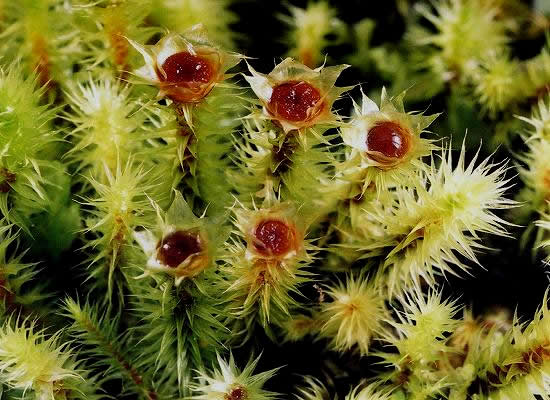 |
| Reproductive System of Mosses |
 |
| Reproductive System of Mosses |
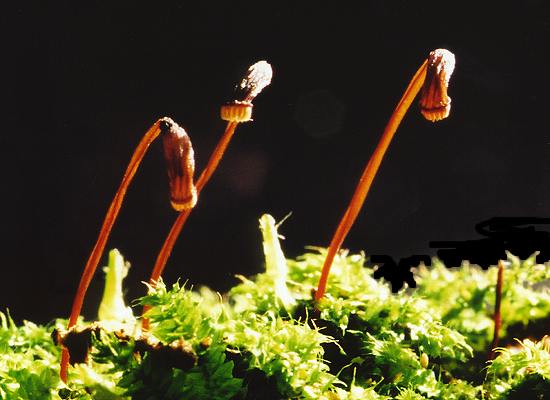 |
| Reproductive System of Mosses |
The sporophyte starts to develop by cell division out of the highest point of the archegonium on the female gametophyte plant. At which point its a parasite on the gametophyte plant, in the spite of the fact that it may create some of its own sustenance by photosynthesis in the early phases of development.
The sporophyte comprises of three structures, a foot which stays it to the gametophyte and serves to exchange water and supplements from the gametophyte, a long the erect stalk called to a seta, and by a case like container at the end where spores are delivered.
A container may hold from four, to more than a million, spores, contingent upon the species. In many greeneries, the mouth of the container is secured by a cover like operculum, which tumbles off when the spores are experienced. A membranous hood, the calyptra, which is likewise disposed of at development, further ensures the operculum.
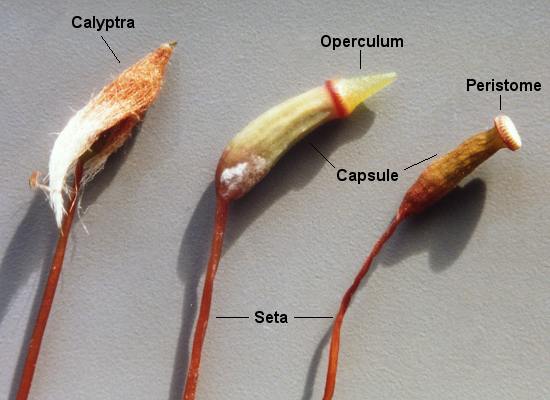 |
| Reproductive System of Mosses |
A minor tooth-like structure around the mouth of the case, which comprises of one or two columns of teeth, controls the arrival of the spores. These structures called the peristome stay shut throughout wet conditions and keeping the arrival of the spore. In dry conditions, they open to permitting the releasing of the spores and enhance their shots of the spore being scattered some separation.
In the event that spore falls onto a moist range of ground, it may sprout into a fanning, threadlike filamentous protonema. Buds from the protonema then develop into verdant male or female gametophytes, finishing the life cycle.
Abiogenetic Reproduction
As said above greeneries can additionally repeat agamically or different words vegetatively. They can do this by various diverse routines, much the same as Liverworts.
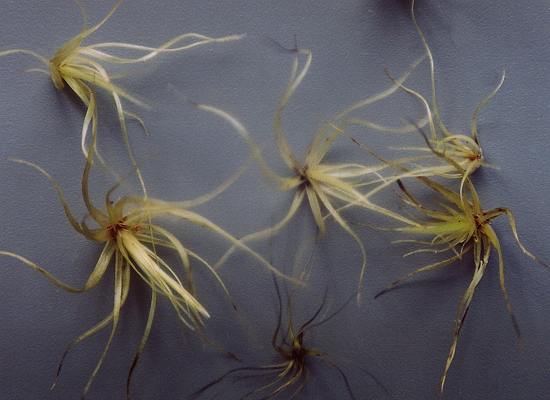 |
| Reproductive System of Mosses |
A few greeneries produce particular structures called brood bodies, which can tackle numerous diverse structures relying upon the species, and are frequently used to show the types of the greenery plant.
iklan 3
0 Response to "Reproductive System of Mosses"
Post a Comment